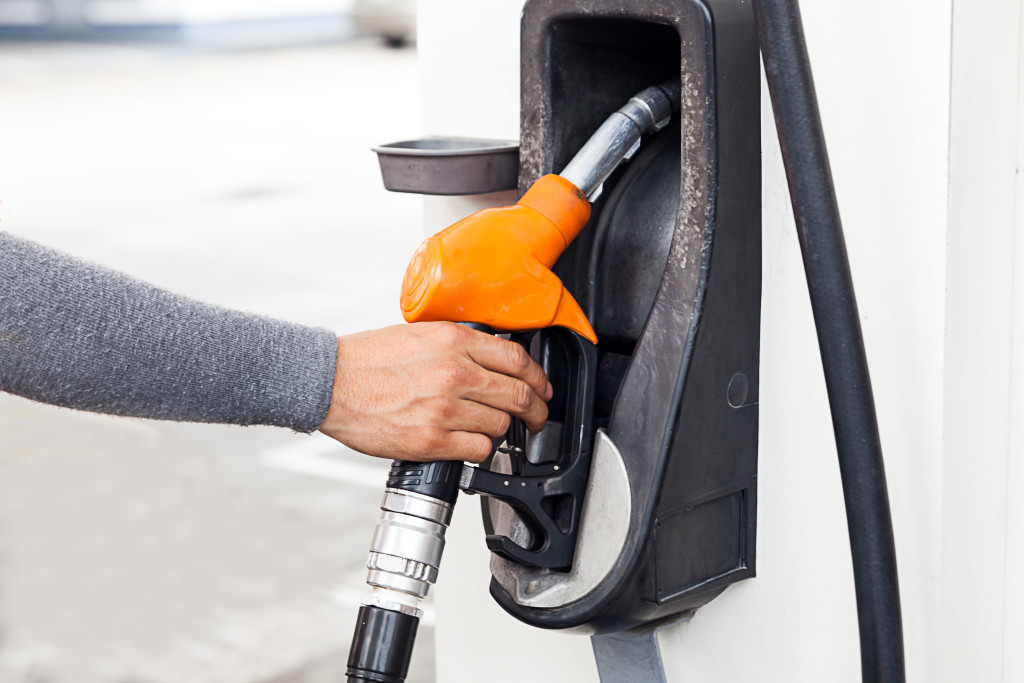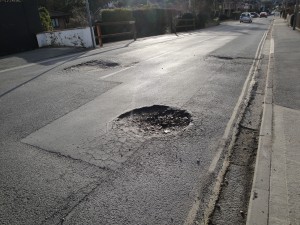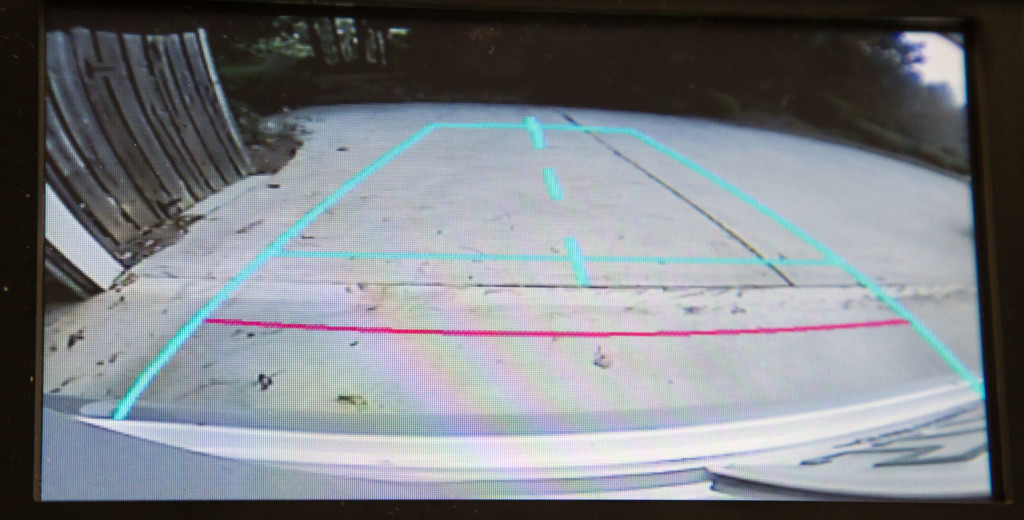The Top 5 Car Safety Features
Although in-car connectivity seems all the rage today, safety features shouldn’t take a backseat during the car buying experience. That said, many prospective car owners don’t know what type of car safety features they should be looking for in a car. With that in mind, here are five of the best safety features you should consider looking for in your next vehicle.
1. Adaptive Cruise Control – Adaptive cruise control is perfect for the driver who doesn’t like to hit the breaks once he or she has the cruise control set. Sometimes you’re cruising along and hope the driver in the left lane will move over before you get close and have to hit the breaks. With adaptive cruise control, the vehicle uses sensors and radar to ensure your vehicle maintains a safe distance from the car in front of you while on cruise control. If the car ahead of you slows, your car will too, without the need to hit the brakes.
2. Backup Camera – Backup cameras are becoming much more popular in newer model cars. These cameras help drivers see exactly what’s behind them. This is a great technology for anyone in a busy neighborhood, or for someone who does a lot of parallel parking.
3. Auto Braking – You might not like the idea that your car could brake on its own, but just like car insurance, if you need it, you’ll be glad you have it. Just like adaptive cruise control, autonomous braking uses sensors to detect your speed and objects ahead of you. Although it may not prevent a crash, slowing your car down prior to impact can be the difference between walking and limping away.
4. Smart Headlights – Adaptive headlights actually shift the light’s direction as you turn the steering wheel. For example, as you go around a curve, normal headlights continue to point straight ahead, which doesn’t illuminate the full picture of what’s ahead. Adaptive headlights shift so that the driver can see more of what’s in front of them when they go around a turn. Cars with adaptive headlights get in fewer accidents compared to the average car, according to the Highway Loss Data Institute.
5. Blindspot Monitors – Sideview assist monitors help sense when someone is in your blindspot. These sensors help ensure that it’s safe to change lanes. If you put your blinker on while someone is in your blind spot, the car will beep to let you know that it’s not safe to merge.
Related source: USAA
-
Cheaper Gas Means More Car Crashes
 Feb 25, 2015
Feb 25, 2015While declining gas prices may help you save money at the pump, it also may increase your risk of being involved in an auto accident. Guangqing Chi, an associate professor of sociology at South Dakota State University, said the likelihood of being involved in a car crash when gas prices drops is also impacted by […]
-
4 Tips for Protecting Your Car’s Windshield
 Apr 15, 2015
Apr 15, 2015In a perfect world that 18-wheeler wouldn’t have sprayed up that rock and cracked your windshield, but sometimes windshield damage is unavoidable. Fluke cracks aside, there are some steps you can take help extend the life of your windshield and protect it against damaging chips and cracks. Below, we explain four tips for protecting your […]
-
3 Common Car Problems After Hitting a Pothole
 Jul 31, 2013
Jul 31, 2013Minnesota is known as the land of 10,000 lakes, but during the springtime it can look like the land of 10,000 potholes. These holes can prove dangerous, especially if you drive over a deep pothole. Below, we’ll discuss why potholes form, and what kind of damage they typically cause. Pothole Problems Ever wonder why potholes […]





